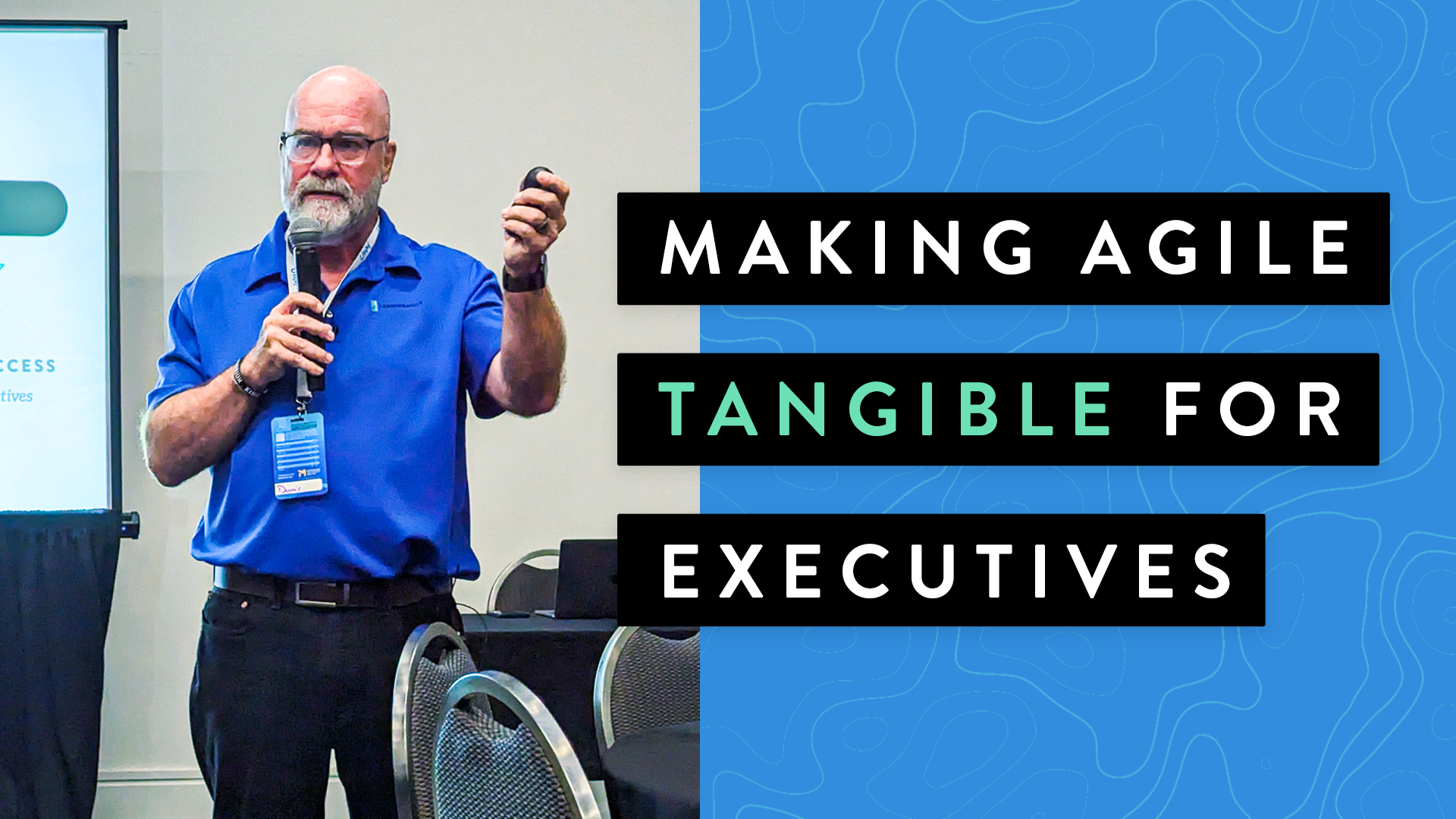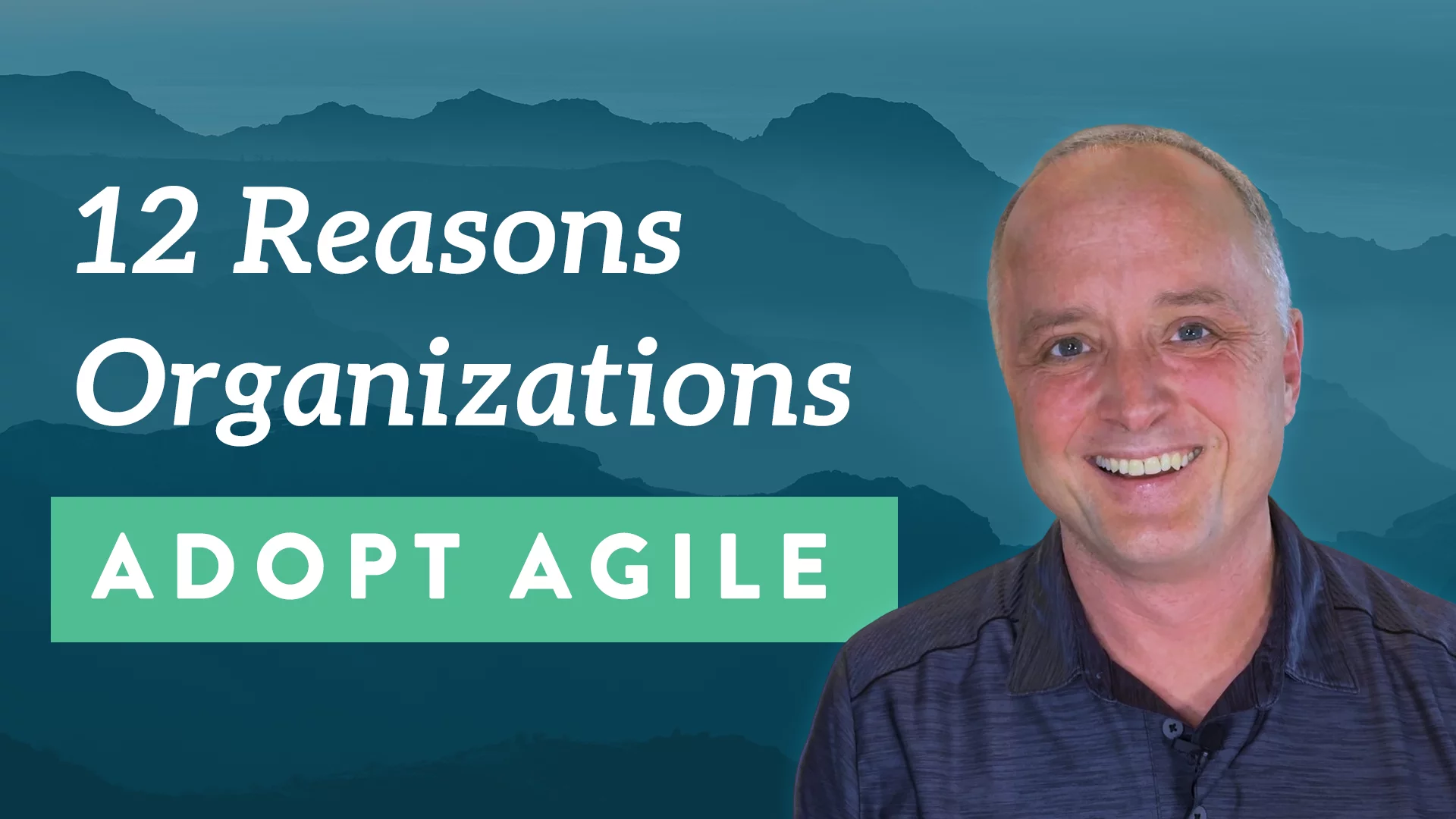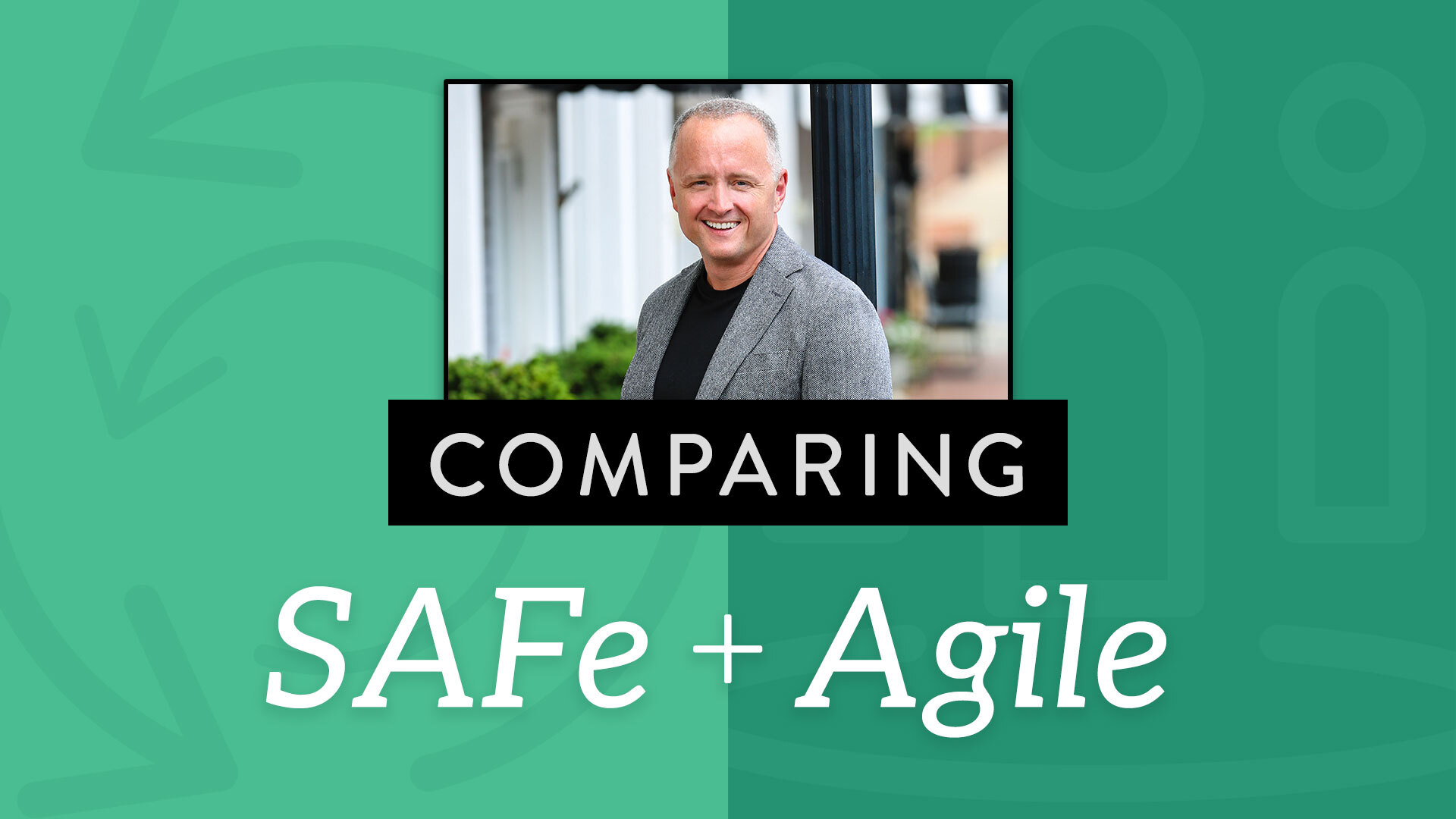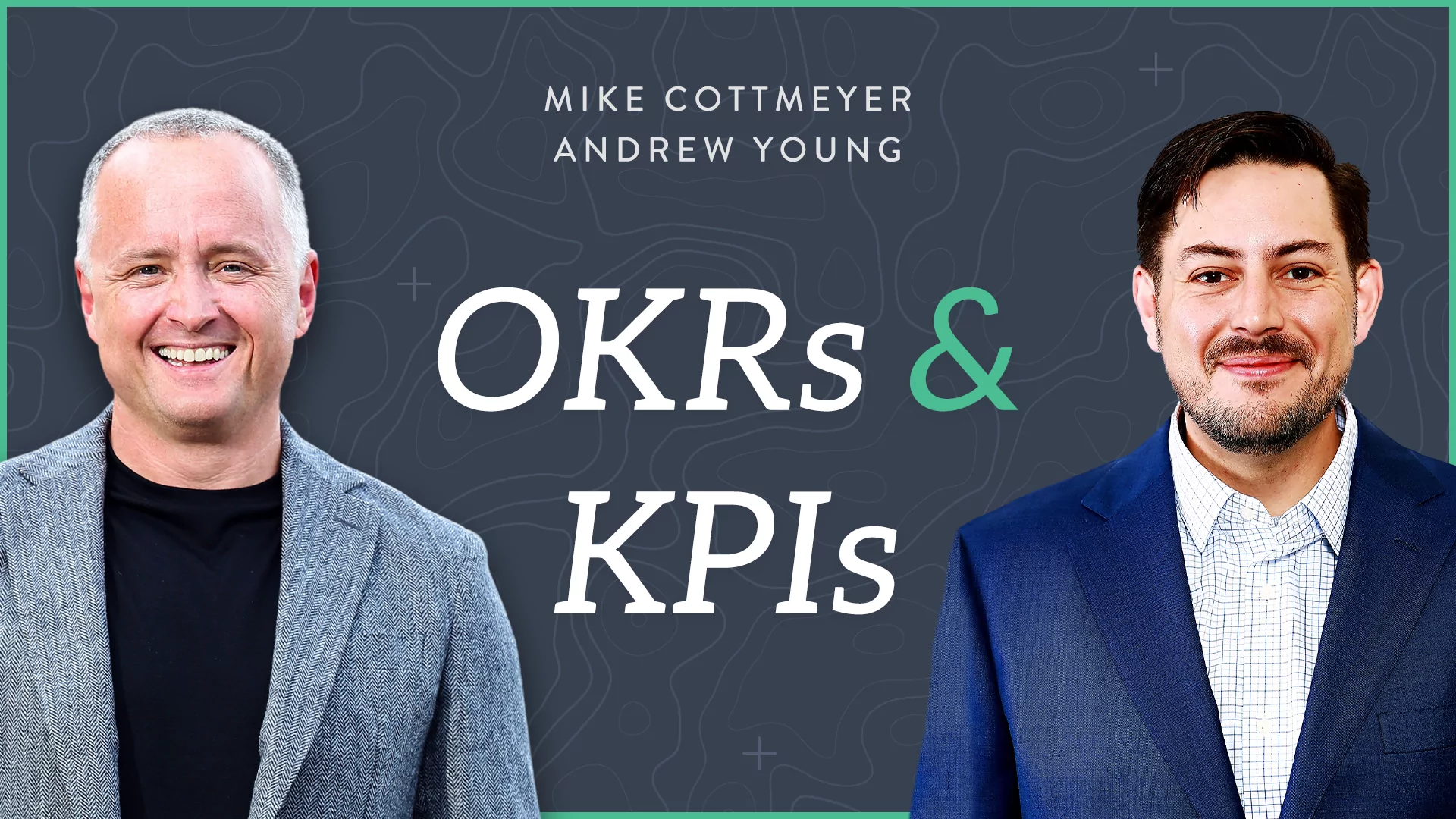LeadingAgile’s Top 10 Field Notes 2023
As 2023 draws to an end, like most of you, we’ve been busy taking inventory of how it went. We had some wins, some losses, and a TON of opportunities to learn and grow. Now, we turn our attention to 2024. In preparation, we’ve been pouring over this year’s data and we were curious to know what 2023’s top performing Field Notes were.
There were some posts that we totally expected to see in the list, and others that were a pleasant surprise. We thought it would be cool to round up all those Field Notes into one article and share the best of the best with you. Now, these aren’t our favorites, or the ones we really want you to see. These were voted on by you, our audience, with your time and attention. So without further ado, here’s LeadingAgile’s Top 10 Field Notes of 2023.
1. Four Common Misconceptions About Agile Transformation
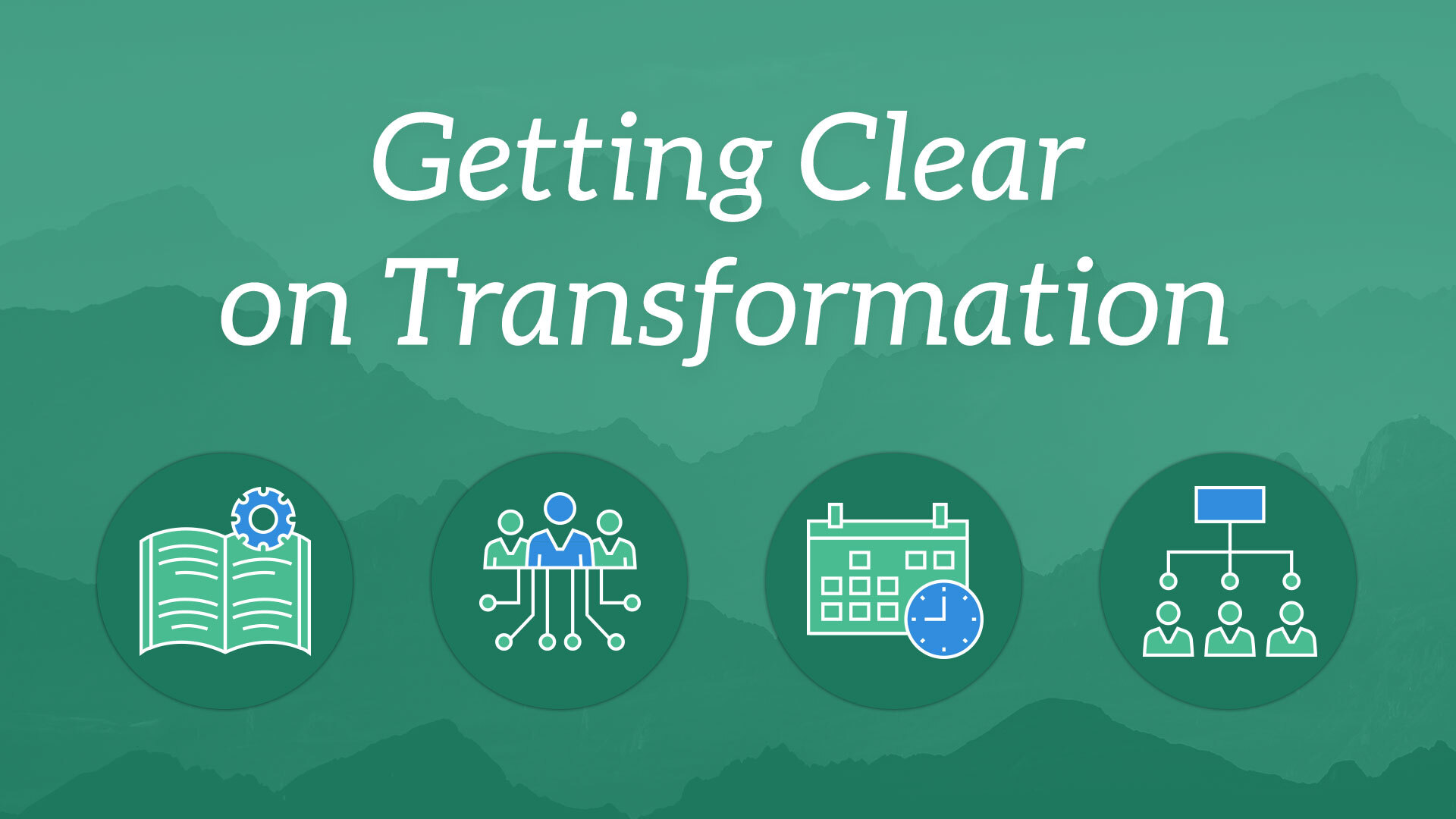
In this article, our CEO, Mike Cottmeyer, explores why focusing on practices and culture isn’t the right place to start an Agile Transformation. Next, he talks about how Agile Transformation is an ongoing process and the importance of teaming strategies. He finishes off the post, by giving you a glimpse into what Transformation is all about and how LeadingAgile is helping their clients achieve greater Business Agility.
Our Favorite Part
“What Transformation is NOT, is teaching people how to do Scrum or SAFe. Valuable, just not Transformation. Transformation also isn’t telling your leadership they are bad, and they need to trust the team. It’s about establishing reliable systems of delivery that your leaders can trust and know how to operate, over time. That help them run the business, achieve key performance results, and sustain the company into the future.”
2. Is SAFe Agile?
Go on the internet and search up posts on SAFe and look at the comments. The debate on whether SAFe is Agile or not rages on, and people have strong opinions on the matter. In this post, we unpack the SAFe debate and try to find some middle ground in all of it. More importantly, we’re asking ourselves if it even matters.
Our Favorite Part
“Every Agile methodology ever invented, was used by some consultant, in some organization, in some engagement and was successful.
These methodologies get codified into practices. Certifications get minted. And we tell everyone this is the way to do Agile or Agile at scale. All these approaches worked some place at some time, and all have very common reference architecture type elements. It comes down to the underlying assumptions about the nature of the enterprise and what aspects of that enterprise are you willing to tackle to make things better.
You have to make changes in most organizations to do small team Agile well. You have to make changes in most organizations to do Scaled Agile well. The problem lies when we take the methodology and apply it in a context where it wasn’t designed to work. We don’t understand why the practices worked, or what changes are required, so we have large groups of people going through the motions and not getting the business benefit of the approach.”
3. Selling Agile to the C-Suite to Get Buy-In
Stop going to war with your executives and learn what you can do to turn the C-suite into trusted Agile Transformation partners and champions for change.
Our Favorite Part
“Transformation requires that executives have more convince than fear in the changes you’re trying to make and it’s up to you to help them get there. You see, executives aren’t evil. They’re not intentionally trying to destroy your ability to do Agile. They’re smart, rational human beings just like you.
It’s more likely that there’s a legitimate reason why they’re standing in the way of your Agile Transformation. And the reason why they don’t move is because they don’t understand it. They don’t trust it. And you’re not answering the questions you need to answer to get them to trust it. So, it’s up to you to create safety and build trust. It’s up to you to figure out what your executives care about and what their concerns are. And it’ll be up to you to demonstrate a credible plan for how Agile will help them solve that. Because blaming the executives and getting angry isn’t helping anyone.”
4. The Problem with Agile at Scale
Are you struggling to scale Agile? Discover the essential role teaming strategies play in successfully Transforming large organizations.
Our Favorite Part
Agile is about fixing time and cost and varying scope to maximize value. How many teams do you know that are complete and cross-functional and have everyone and everything necessary to deliver a working tested increment of product? How many have an empowered Product Owner or direct access to a real customer? How many can actually deliver something of value at the end of every sprint?
Let alone how many can regularly meet a sprint commitment or a release commitment with defect-free, potentially shippable software. Maybe it’s a function of what I write about, the people that call us, or the people that show up to Agile conferences, but my sense is that it’s not many.
Release trains are made up of collections of Agile teams. Value streams are made up of collections of Agile teams. Workgroups are made of collections of Agile teams. Departments are made up of collections of Agile teams. Business units are made up of collections of Agile teams. How can I have Agile release trains, Agile value streams, Agile workgroups, Agile departments, or Agile business units if I don’t have Agile teams?
5. Rethinking Agile Principles for the Modern Business World
In this video, Mike explores which Agile principles still apply today. He connects which ones succeed in large complex organizations typically undergoing a Transformation. And how they are used in a changing software development and deployment structure.
Our Favorite Part
“Imagine the results of Transformation aren’t tied to anything of value. In that case, it’s difficult, or nearly impossible, to get an entire organization on board—particularly the leaders—to adopt Agile practices and see it through to new systems, team structures, organizational structures, and more frequent incremental product delivery. To get leaders on board, we must tie Agile Transformation progress to measurable business value they care about.”
6. Twelve Reasons Companies Adopt Agile
In this video, Mike explores which Agile principles still apply today. He connects which ones succeed in large complex organizations typically undergoing a Transformation. And how they are used in a changing software development and deployment structure.
Our Favorite Part
“A lot of the people that were trying to adopt Agile weren’t trying to adopt Agile so much from the perspective of inspecting and adapting and changing.
What they were trying to do is to try to drive collaboration, visibility, transparency, teamwork, within existing kinds of plan driven ecosystems. And so as I got out and I started to talk to more people and I wasn’t kind of in the Agile echo chamber, I was realizing that the motivations across the industry were all over the place.
And what was interesting about it is that you could use Agile to achieve a lot of different kinds of goals. And so if you wanted to inspect and adapt and learn from your customers and try to figure out what things they wanted to buy, Agile was a way that you could do that right? And then if you also wanted to be more plan driven and you wanted to drive transparency and to be able to unambiguously measure progress against a known backlog, you could use Agile for that as well.”
7. Descaling Your Organization for Faster, Smarter Results with Agile
The Agile industry seems insistent that practices, methodologies, and frameworks will be how lar ge organizations achieve Business Agility. But, the clients and companies we talk to seem to have a different opinion. Many of them are saying, “yeah, we tried Agile. It didn’t work.” And they’re looking for something else. Is the Agile industry in a rut?
Everyone knows Agile works. We’ve seen it. For many, it just doesn’t work when they try to scale it. But what if we took the principles of what makes Agile work in the small, and applied that to the broader organization in a way that wasn’t so dogmatic about the roles, ceremonies, and artifacts of Agile? What if we descaled the organization and created the conditions for the practices to add value? We might find that a whole new world of possibilities opens up.
Our Favorite Part
“But when we talk about scaling an organization, what we’re really exploring is the idea of how do I create entities within the enterprise that are loosely coupled from the other entities within the enterprise. So if I’m dealing with something at the team level and I’m talking about Scrum teams, I want to have teams that have few, if any, dependencies between them.
If I’m up in the scaled areas, then I’m talking about having maybe value streams that don’t have dependencies between them or I’m talking about work groups that don’t have dependencies between them or product areas that don’t have dependencies between them. But when you start getting into really, really large organizations, there are dependencies everywhere.
And so when we talk about scaling so that either a team or a work group can operate with greater agility, what we’re really talking about is how do we look at the organization in a way that we have smaller groups that are able to actually own delivery, have interaction with a customer or product owner or aspect of the business, and can operate relatively independently from each other.”
8. On Managing Expectations of Methodologies and Frameworks
The Scaled Agile Framework wasn’t exactly what the authors of the Agile Manifesto imagined 20 years ago when they set out to define a better way of building software. But that doesn’t mean you can’t achieve greater Business Agility with SAFe. You just might not get the results you think you will get.
And that’s the problem with SAFe. It oversells what it is in the market. SAFe thinks it’s THE way to do scaled Agile when it’s actually just one way to do it. SAFe, like all methodologies, is limited by its environment and requires a certain context to be useful. But it shouldn’t be vilified for having limitations because it does some things really well—even if those things aren’t Agile as defined in the Manifesto.
Our Favorite Part
So, I guess my position would be that the only problem with SAFe is that it’s overselling what it is in market. Yes, it is a mechanism for being able to orchestrate across multiple teams with dependencies. And that’s what it is, right? And it can lead to greater Agility, but it’s not small team Agile. And I don’t think it necessarily achieves the level of Business Agility that most organizations think it’s going to. Again, primarily because in most SAFe implementations that we’ve seen and cleaned up after, it doesn’t go far enough prescribing the actual nature of the organizational change or how to actually make those changes in the organization. So that’s kind of like my hot take on SAFe, and if SAFe is Agile.
9. Increasing the Value of Your OKRs and KPIs
Mike Cottmeyer sits down with Andrew to discuss how LeadingAgile is talking about OKRs and KPIs, the impact governance and teaming strategies have on your ability to run them effectively, why your project mentality might be getting in the way, and how you can get started using them in your business.
Our Favorite Part
“The biggest missed opportunity for some organizations implementing OKRs is that they make it just about the stuff that’s in the System of Delivery and they forget that they’re still investing hundreds or millions of dollars over here on the System of Transformation. So this could be coaching services, this could be investment into communities of practice or guilds. This could be even more complex. Some of our clients need a whole change management office or some maybe an internal communications capability, neither of which is something the customers of that organization will ever see, but it is still taking a large investment. We need to reflect that as an investment token as well. So all of that gets put into that top tier for us.”
10. Unleashing Agile: Empowering Agile Teams for Managers
Empowering your teams isn’t about allowing them to make decisions in a vacuum and giving them free rein to do whatever they want. The days of providing a little guidance here, some methodology there, and letting the teams self-organize their way to success are behind us. As the world of business increases in complexity, it will take more than user stories, estimation, and OKRs to build a trustworthy system that management can delegate into.
But if managers want a trustworthy system, it’ll be up to them to create it. You see, the real work of a manager is to understand that each team is different, then find ways to continuously elevate the teams to meet their collective needs, all while creating the conditions for the teams to thrive. Join Dennis Stevens for this talk, where you’ll learn the secret to creating a high-trust environment where teams have what they need to live boldly, work fearlessly, and deliver the highest quality work for your customers while releasing maximum value into your business.
Our Favorite Part
“We’ve got to be able to clarify the intent and cast vision so the team knows what it’s operating with. We can’t expect the team to invent its own clarity. That’s a failure mode. We have to clarify the path forward, aligning the competence and capacity of the teams doing work with what we need.




